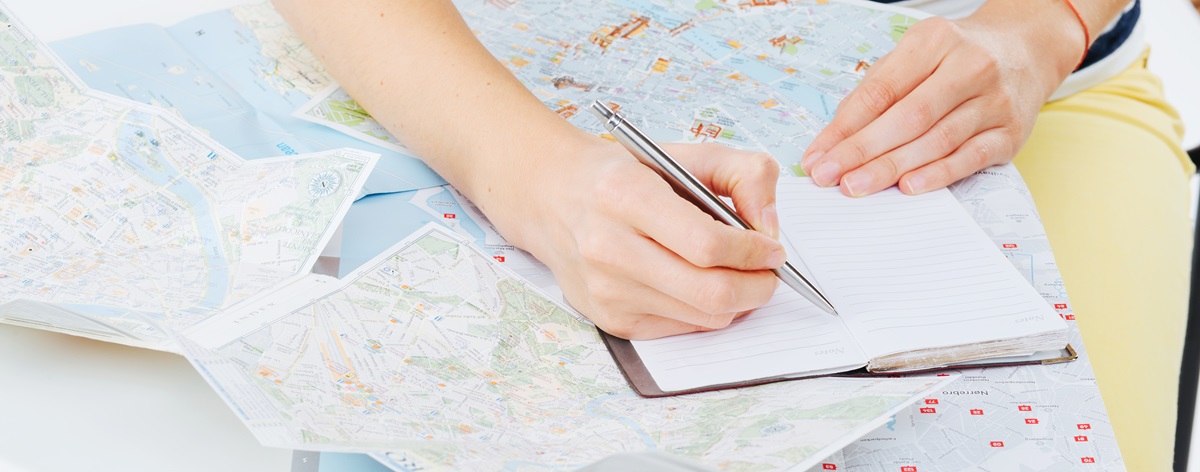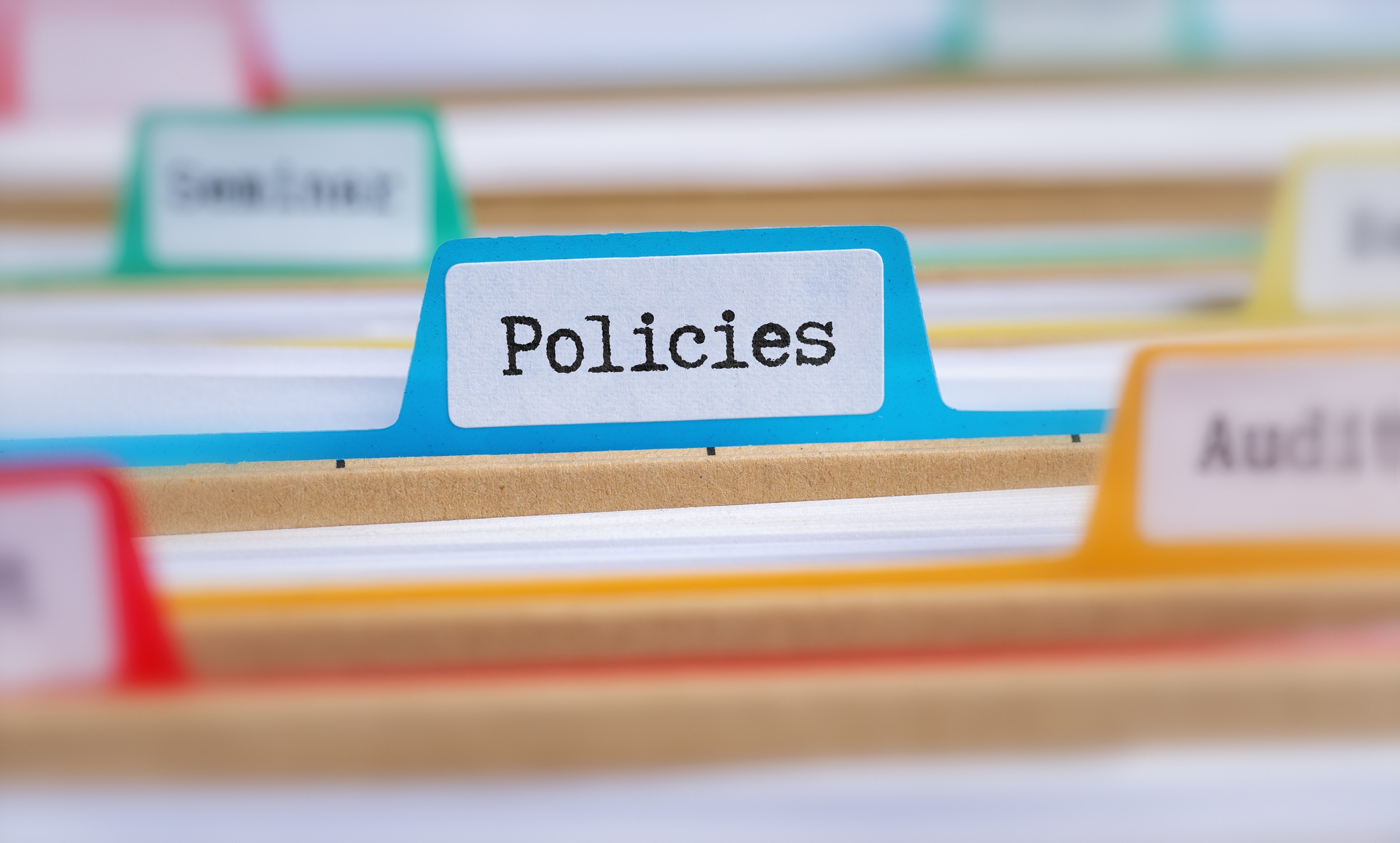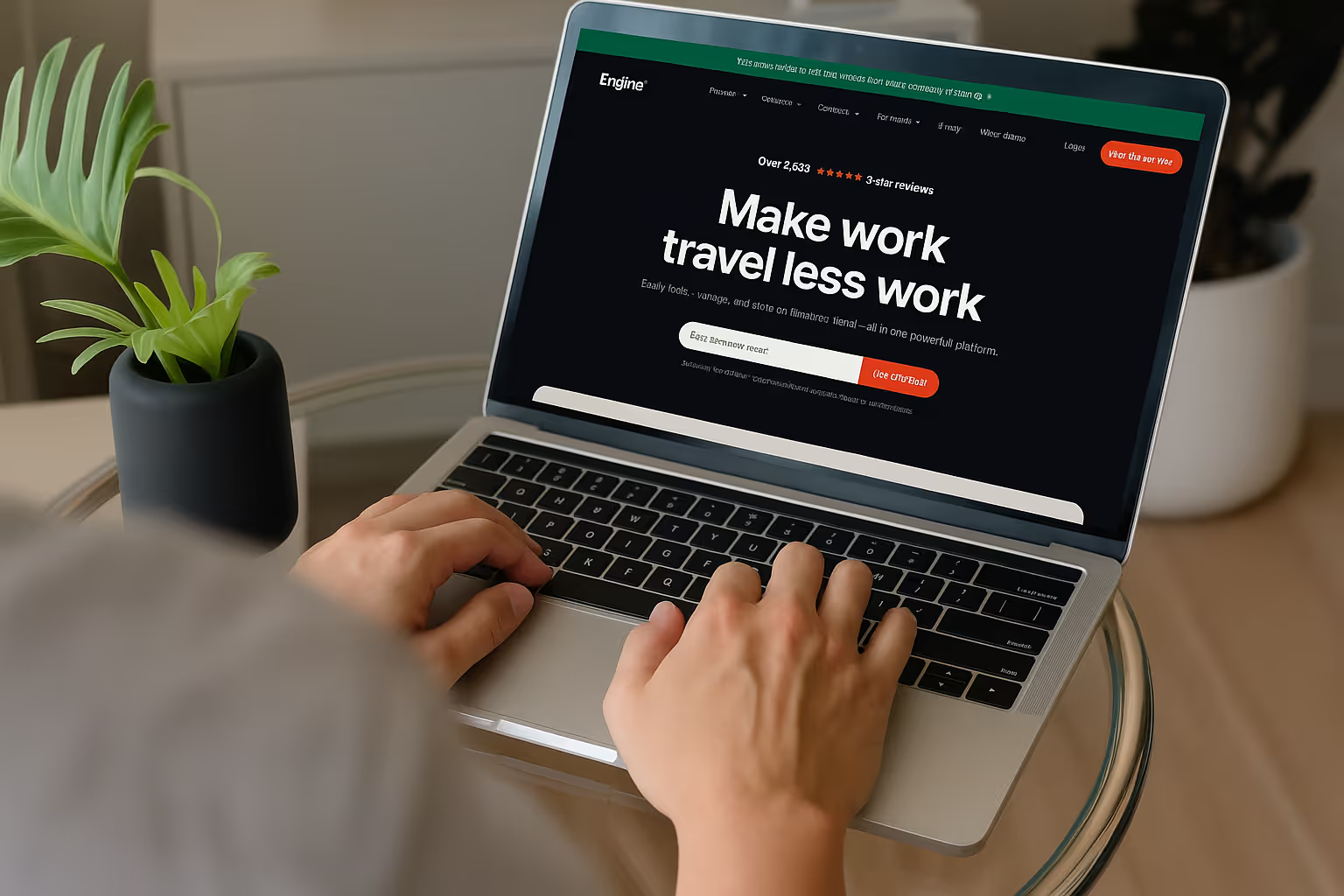A Beginner's Guide to Planning Business Travel Arrangements

Save Time & Money on Business Travel - Access B2B Hotel Rates, Consolidated Billing, and Incidentals Covered with Engine.com.
Engine gives your company access to private B2B hotel rates at more than 750,000 hotels worldwide, along with flights and rental cars on one simple platform. Track every stay by project, job number, or cost center, and replace messy spreadsheets and missing receipts with clean monthly invoices your finance team will love. Crews can check in without credit cards using Direct Bill while Flex protection helps you avoid costly change and cancellation fees when plans shift. It is 100% free to join and use, with a valid work email required.

The Ultimate Checklist for Flawless Business Travel Planning
A well-planned business trip is seamless, productive, and stress-free. But without a solid plan, it can quickly become a costly and frustrating experience. "Failing to plan," as the saying goes, "is planning to fail."
Effective planning doesn't just get you from Point A to Point B. It empowers you to maximize your time, control costs, and focus on the business goals at hand.
This step-by-step guide will walk you through everything you need to arrange the perfect business trip, from initial booking to the final expense report.

Step 1: Define the Trip's Core Itinerary
Before you book a single flight or hotel, you must understand the "why" and "when" of the trip. This is the skeleton upon which you'll build everything else.
- Identify the "Must-Dos": What is the primary purpose of this trip? Is it a client meeting, a conference, a team offsite, or a sales presentation?
- Lock in Key Dates and Times: Note the exact dates, times, and locations of all non-negotiable events.
- Establish Geography: Where are these events located? Note the addresses. This will be crucial for booking conveniently located hotels and transport.

Step 2: Review Your Company's Travel Policy & Budget
This is a critical step that many people skip. Always check your company's official travel policy before spending any money.
- Understand Budget Limits: What are the per-diem rates for food? Are there caps on hotel costs or flight classes?
- Check Preferred Vendors: Does your company have an approved list of airlines, hotel chains, or car rental agencies? Do you have to use a specific corporate travel booking platform?
- Know the Approval Process: Do you need pre-approval for the trip? Who needs to sign off on the budget?

Step 3: Book Your Main Travel (Flights & Ground Transport)
With your core itinerary and budget in hand, it's time to book your transportation.
- Book in Advance: To secure the best prices and preferred times, book your flights and rental cars well in advance, especially during peak travel seasons.
- Compare Wisely: Look for the best balance of cost and convenience. A non-stop flight that costs slightly more might be worth it in saved time and reduced stress.
- Mind the Gaps: When booking flights, ensure you leave ample time for connections, security, and travel to your first meeting after you land. An early morning flight is often less prone to delays than an afternoon one.
- Book Ground Transport: How will you get around?
- Rental Car: Book this at the same time as your flight. Ensure the pickup location (e.g., airport) and time are convenient.
- Ride-Sharing/Taxis: If you're staying in a dense city, relying on taxis or apps like Uber/Lyft may be more cost-effective than renting a car and paying for parking.
- Public Transit: Check if a subway or train is a viable option for getting from the airport to your hotel.

Step 4: Secure Your Accommodations
Your hotel is your home base. Its location and amenities can make or break your trip's productivity.
- Prioritize Location: Book a hotel that is geographically close to your primary meeting or event. Factoring in rush-hour traffic is essential—a 10-mile commute in a major city could take an hour.
- Check for Key Amenities: Don't assume. Always confirm the hotel has the amenities you need. The most important one for business travelers is reliable, free Wi-Fi. Other things to check for include a business center, an on-site gym, and a coffee maker or breakfast option.
- Read the Cancellation Policy: Business plans change. Only book accommodations that offer a flexible or free cancellation policy, just in case a meeting is postponed.

Step 5: Build a Detailed Day-by-Day Schedule
Now you can flesh out the "essential itinerary" from Step 1. This detailed schedule is your guide for the entire trip and should be shared with any relevant colleagues.
- Consolidate Confirmations: List all confirmation numbers, addresses, and phone numbers for your flights, hotels, and car rentals.
- Block Your Time: Go beyond just the main meetings. Schedule in:
- Travel time (e.g., "1:00 PM: Land at LGA," "1:00 PM - 2:00 PM: Pick up rental car, drive to hotel," "2:00 PM: Check-in").
- Meeting preparation time.
- Meal breaks.
- Client dinners or networking events.
- Use a Tool: A simple spreadsheet, a shared Google Calendar, or a travel-planning app can keep all this information in one accessible place.

Step 6: Manage Documents and Expenses
The "paperwork" part of travel is crucial for a smooth journey and easy reimbursement.
- Gather Your Documents:
- ID: Do you have your driver's license or other government-issued photo ID? (as of mid-2025, everyone will need a Real ID to fly)
- International Travel: Is your passport valid for at least six months past your travel date? Do you need a travel visa for your destination?
- Health: Do you need proof of vaccination or other health documents?
- Plan for Expenses:
- Tracking: Set up a system before you go. Use an expense-tracking app or a dedicated envelope to collect every single receipt.
- Payment: Will you be using a corporate credit card or your personal card for reimbursement?
- Per Diem vs. Itemized: Clarify with your finance department if you'll be given a flat-rate per diem or if you need to submit an itemized receipt for every expense.

Step 7: Pack Smart
Finally, pack what you need to be successful and comfortable.
- Make a Checklist: Don't pack at the last minute. Write down everything you need.
- The Essentials:
- Business attire (suits, blouses, dress shirts)
- Business-casual or formal wear for dinners
- Comfortable travel clothes
- Toiletries
- Medications
- The "Work" Bag (Carry-On): Never check the items you need to do your job. Your carry-on should include:
- Laptop, tablet, and phone
- All chargers and power banks
- Presentations (on a USB drive as a backup)
- Business cards
- Any essential documents or medications
Plan for Success
Thorough planning transforms business travel from a chore into a focused, productive opportunity. By following these steps, you eliminate last-minute stress, stay in control of the budget, and can dedicate your full attention to the reason for your trip. All that's left to do is execute your plan and have a successful trip.














.avif)

.avif)



.avif)


.jpg)







.avif)


![How to Get the Best Hotel Deals and Rewards [Infographic]](https://cdn.prod.website-files.com/66a41388b1be9ba182f1e80c/66a41388b1be9ba182f1f257_Windsor_Hotel_-_in_winter.avif)





